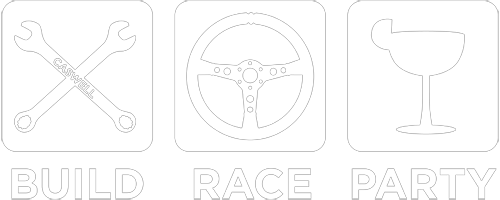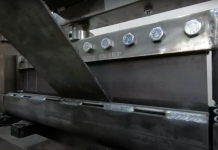The Camel Trophy began in 1980 with a transit of the Trans-Amazonian highway and over the next eight years, the expeditions crossed Sumatra, Papua New Guinea, Zaire, Brazil, Borneo, Australia, Madagascar (the first north-south crossing) and Sulawesi before returning to the Amazon. Teamwork and camaraderie were crucial as the competitive element came in a series of “Special Tasks,” such as winching and timed driving routes.
In the 1990s, the Camel Trophy headed to Siberia and the USSR, followed by Tanzania, Burundi, Guyana, Argentina, Paraguay, Chile (the “Road to Hell” event), Belize, Mexico, Guatemala, El Salvador, Honduras (controversially serving 500 out-of-season lobster at a dinner), Kalimantan (a thousand miles and 18 rollovers to celebrate the first crossing of the island 100 years previously) and Mongolia.
In 1998 the Camel Trophy returned to Argentina and Chile for the penultimate Tierra del Fuego event. The Land Rover Freelander made its debut and was used to speed the competitors six thousand miles across the remote and snowy environment. Outdoor pursuits dominated the event and shortly afterwards, Land Rover, a major sponsor, felt that the Camel Trophy was moving away from adventure and exploration and a news release indicated they would not sponsor future events. This ultimately lead to the cancellation of the 1999 event which was planned for Peru.
In 2000 the Camel Trophy returned with a new style of event. It developed the spirit of the Tierra del Fuego event and the Camel brand but with the 32 competitors exploring Tonga and Samoa in RIB powerboats. This event was the single most successful Camel Trophy event as both a sporting activity and a Camel PR and marketing exercise. At this time the international brands of RJ Reynolds (which included Worldwide Brand Inc, the owners of the CT brand) were in the process of being sold to Japan Tobacco Inc. JTI subsequently chose to change direction and instead concentrate on the Camel Active fashion brand. It was to be the last Camel Trophy event.
Here’s a video covering those amazing years. Was it a massive PR machine? Sure, but I’m not sure I care. It looked awesome.



